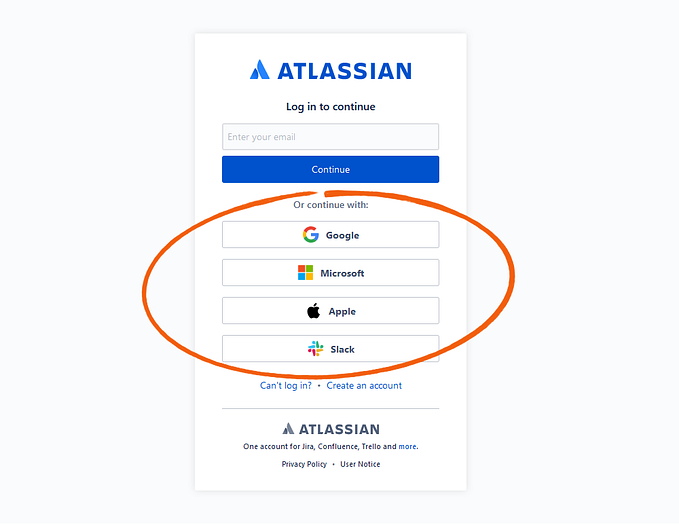Member-only story
UI Design: If You Insist on Coding
If you insist on coding as a designer, here’s how to learn to do it properly, and EXACTLY when you need to hand it off to an actual developer.
Overview
For many designers, coding can be murky subject. Designers who can code are HIGHLY prized in the industry, but where do your responsibilities begin and end? What does it truly mean to be a coding designer?
If we’re gonna discuss some of it, we need to discuss all of it.
So, if you insist on coding as a designer, here’s how to learn to do it properly, and EXACTLY when you need to hand it off to an actual developer.
/*Note to devs reading this: I will die on this hill because someone has to; @me if you want, I said what I said.*/
If you insist on coding
Here’s the rub: if you’re a designer that insists on coding, I completely and totally respect that, because I do too. I’ve been coding design specs for years now, and I don’t plan on stopping anytime soon.
There are numerous advantages to being a designer that can code, but you have to know exactly when and where to stop, and that’s the main reason why I always recommend against designers coding unless they are absolutely hell-bent to do so.
To clarify what I mean, I have included a chart that shows EXACTLY where you should draw the line:

→ It can be a very delicate balance to strike, because once you cross that threshold, there will be silent, inescapable expectations that will follow you for the rest of your career.
I won’t go over all of it here, but for the sake of making sure you’re aware, people will assume that if you know how to code, you know:
- How to work with Node, npm, nvm, git/repository services, grunt, gulp, webpack, babel, etc.
- How to work with React, Vue, Angular, Meteor, Ember, Backbone, etc.
- How to manage state with libraries like Redux, MobX, Vuex, etc.
- How to properly spec components in the above libraries








